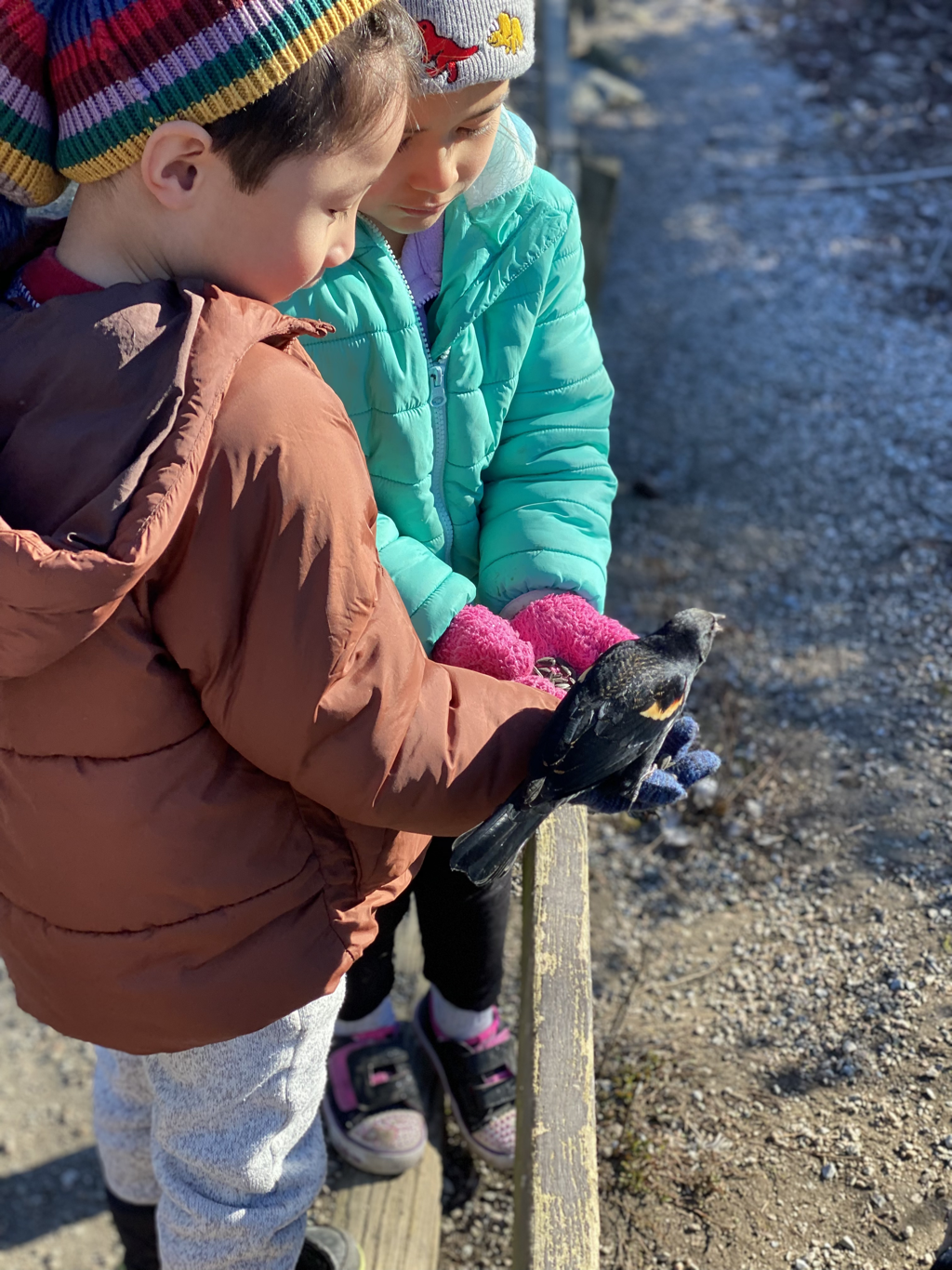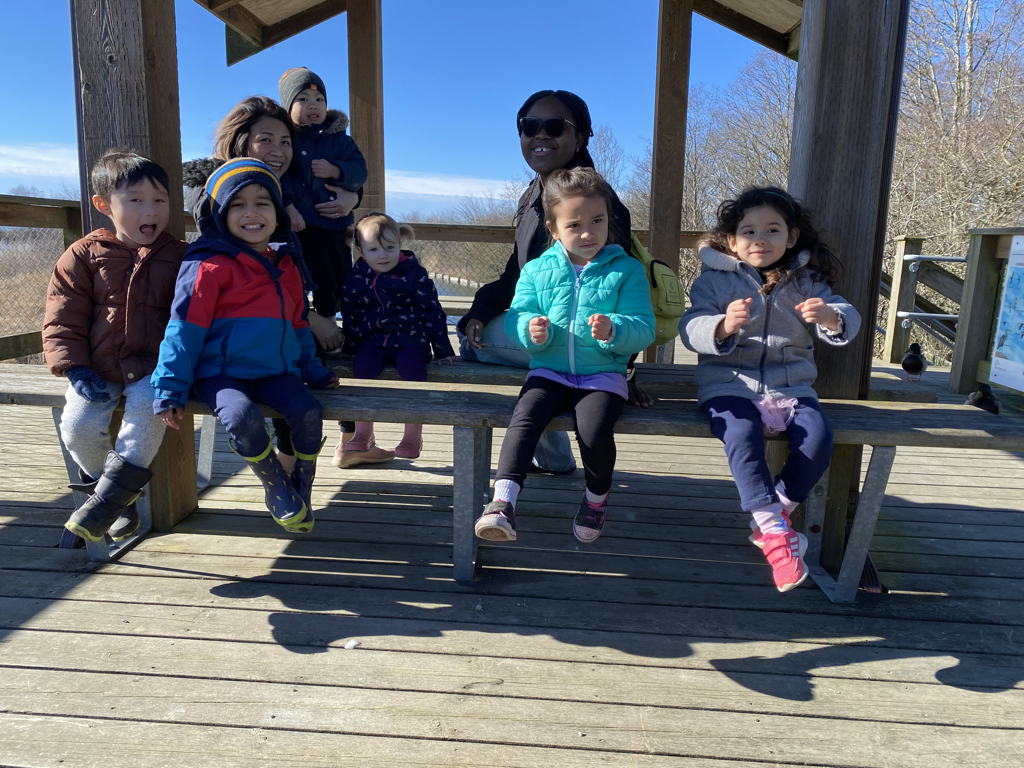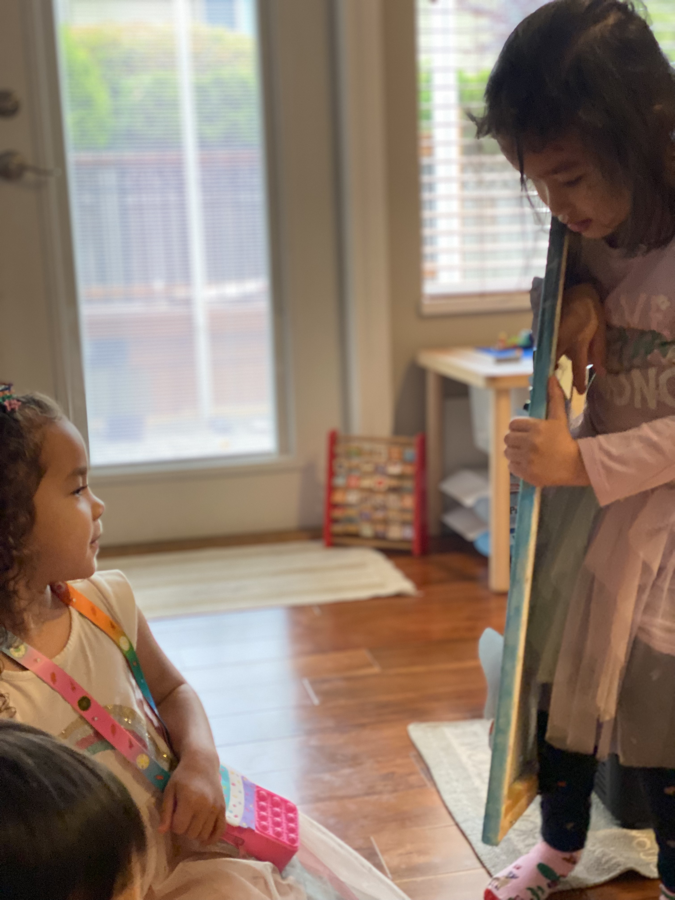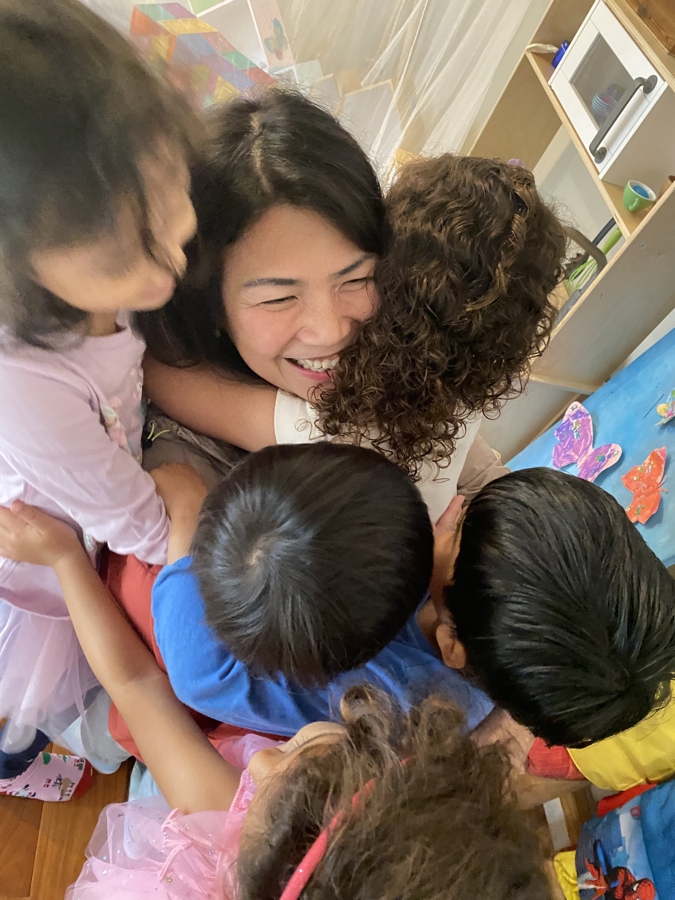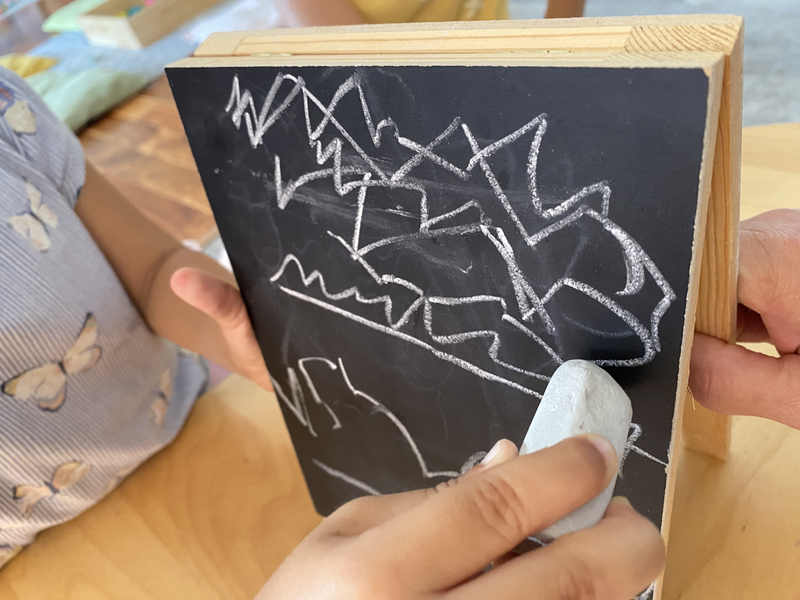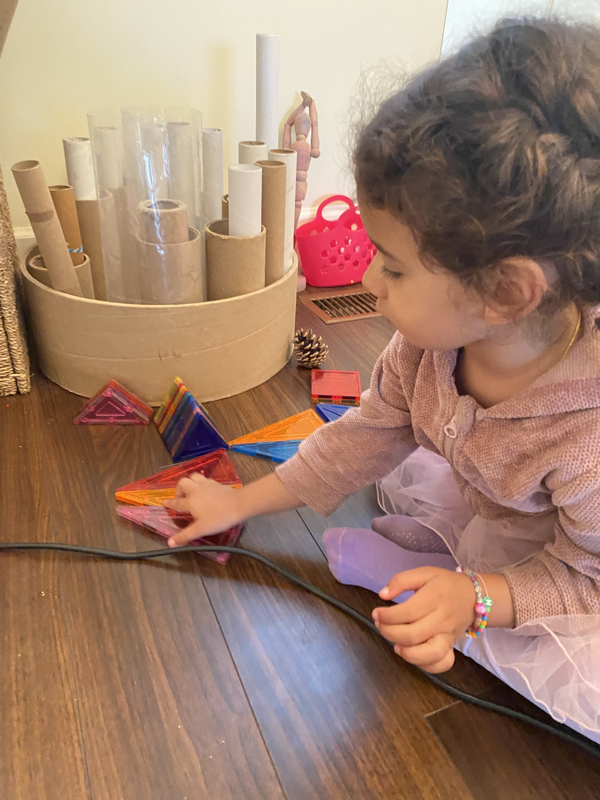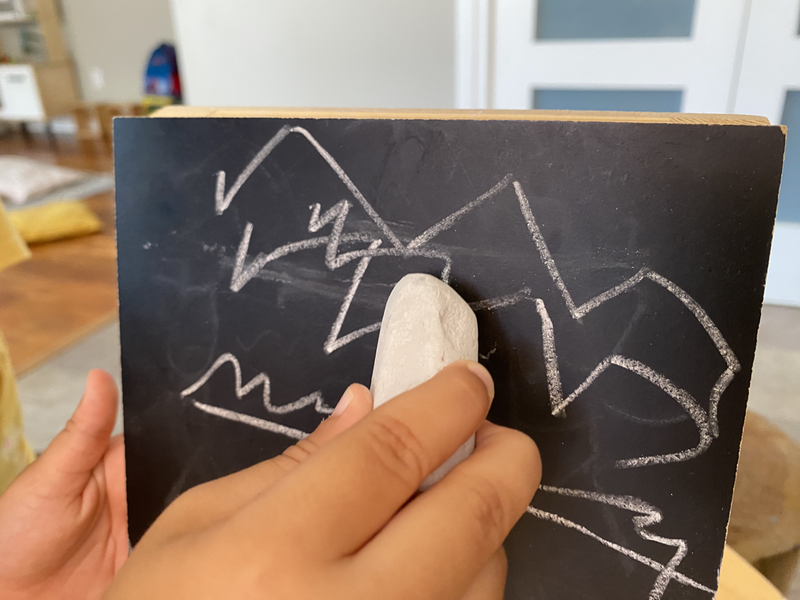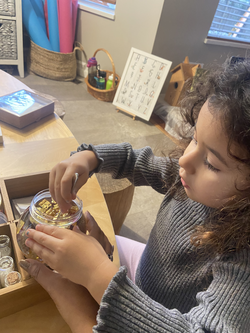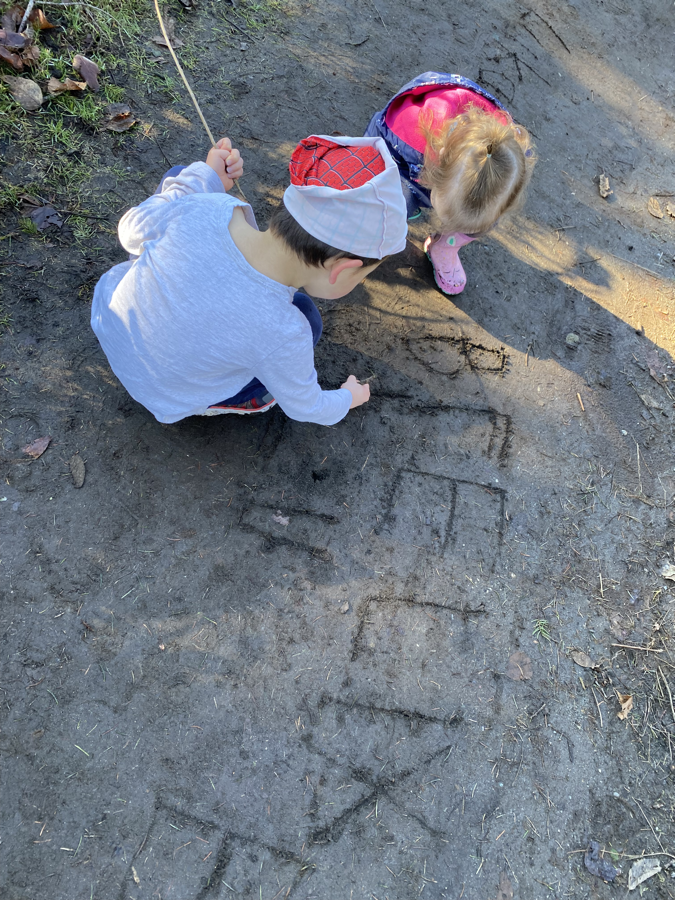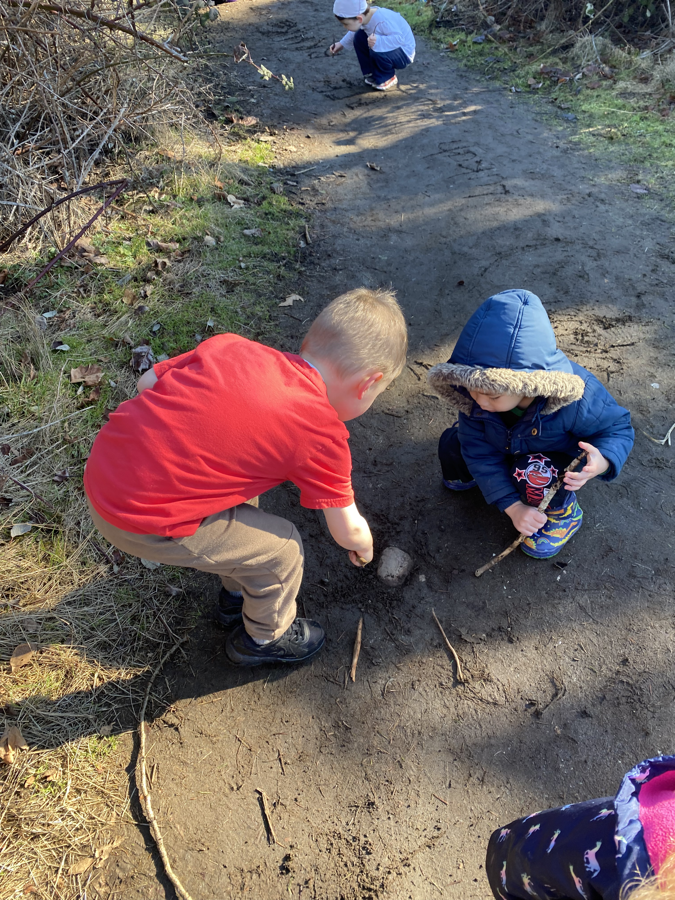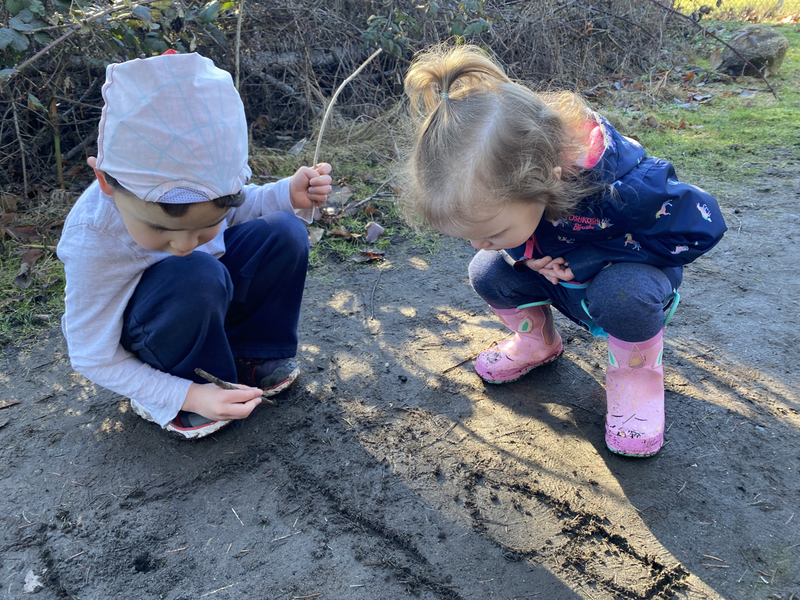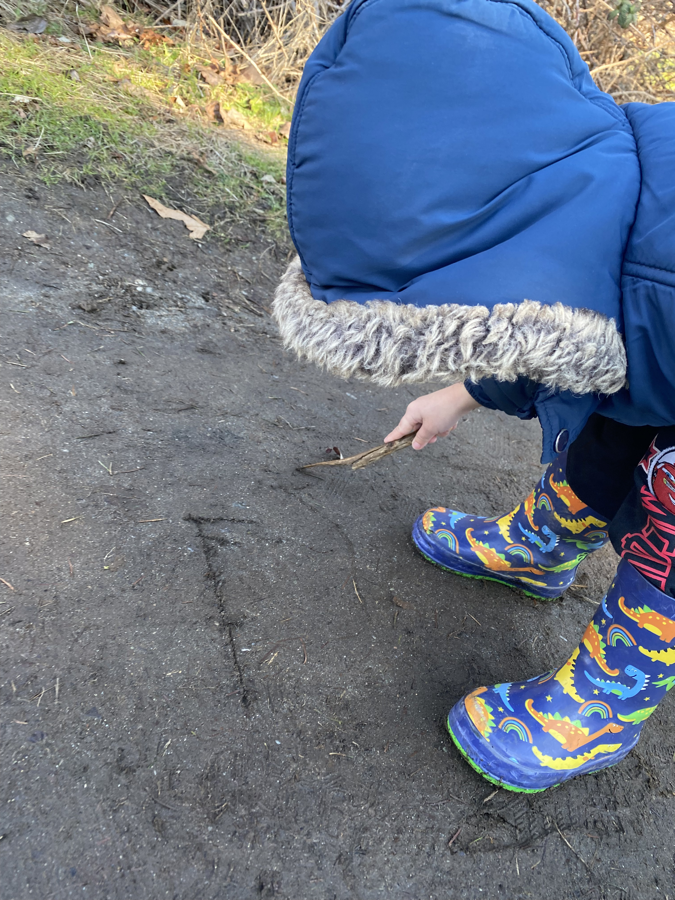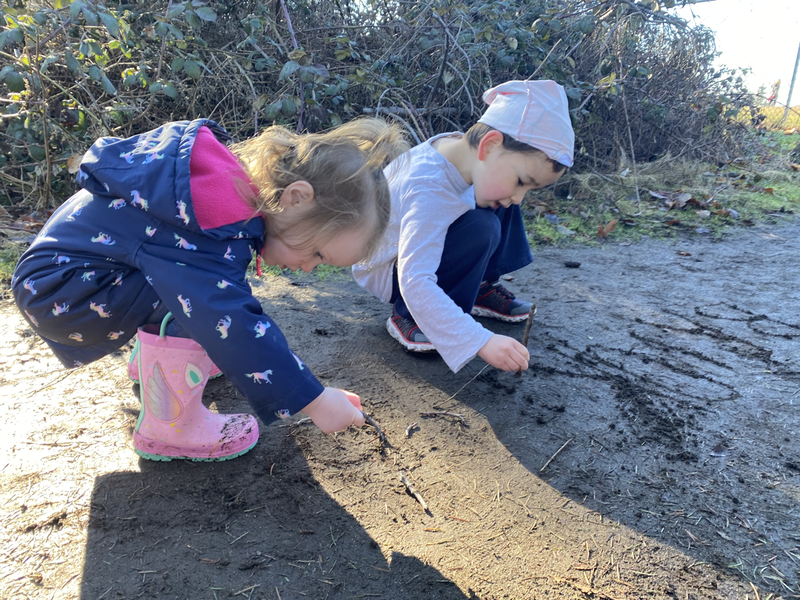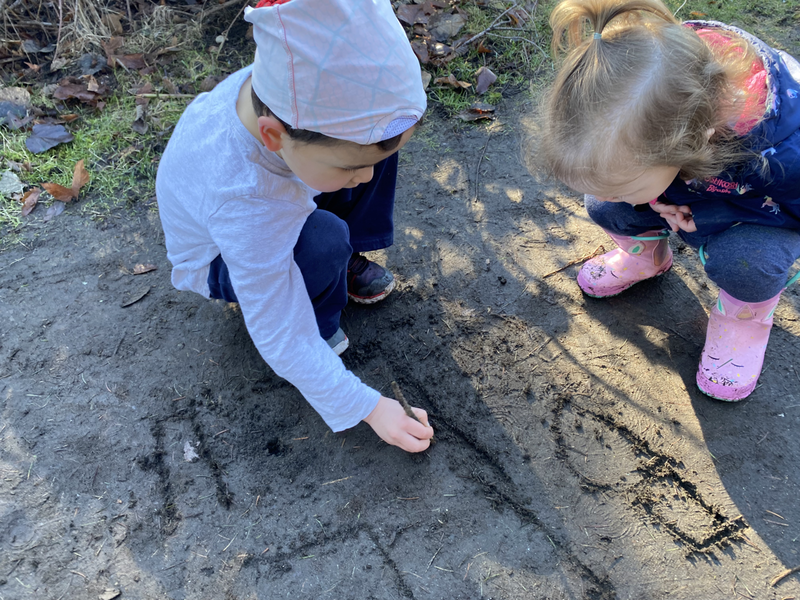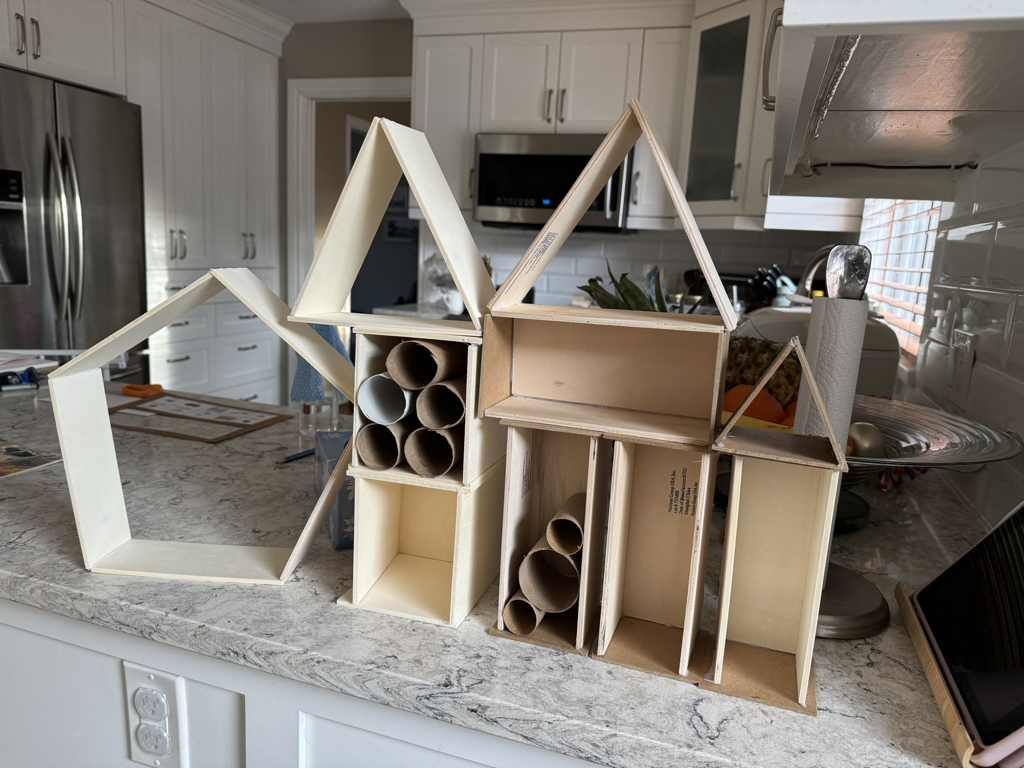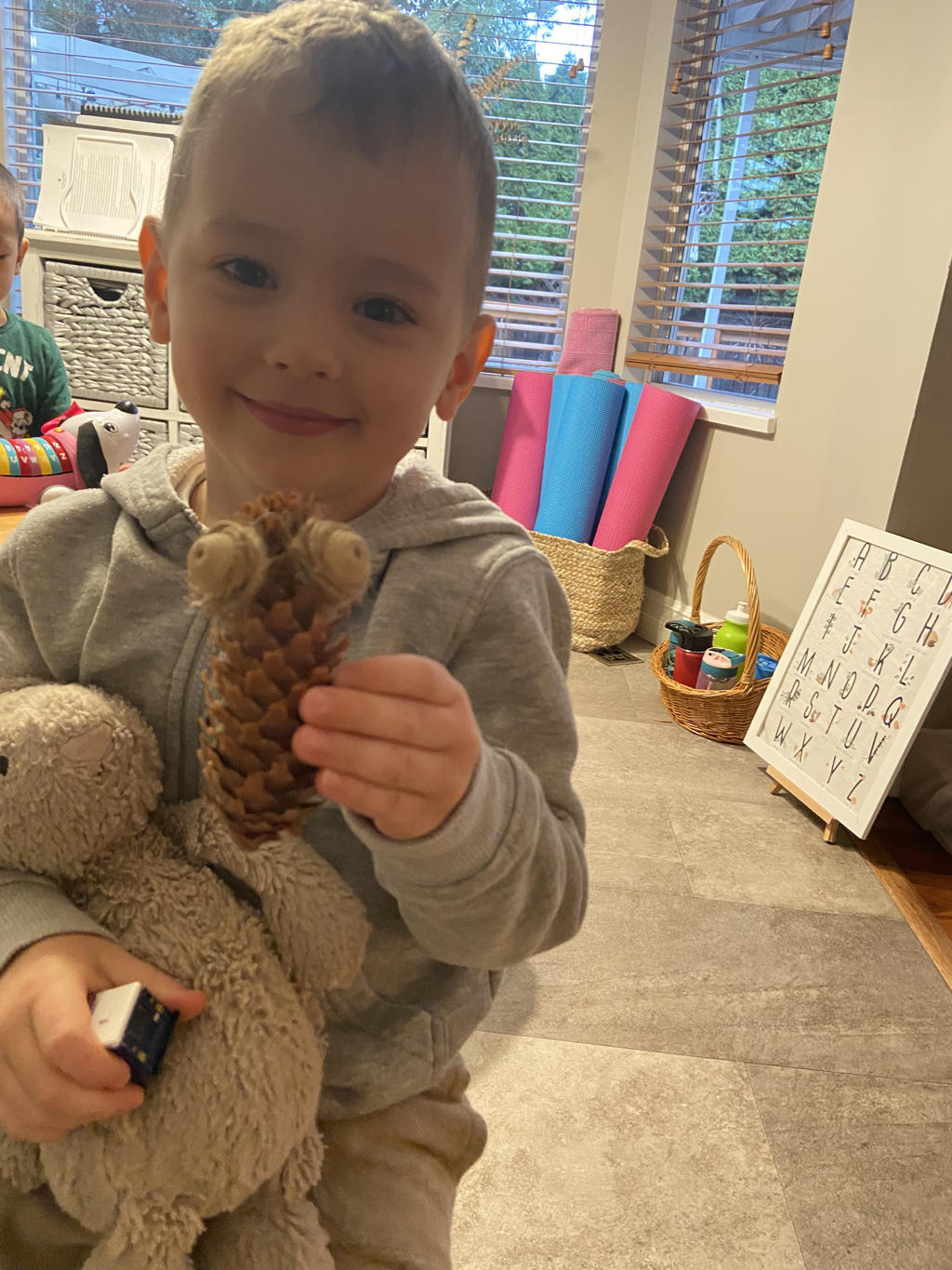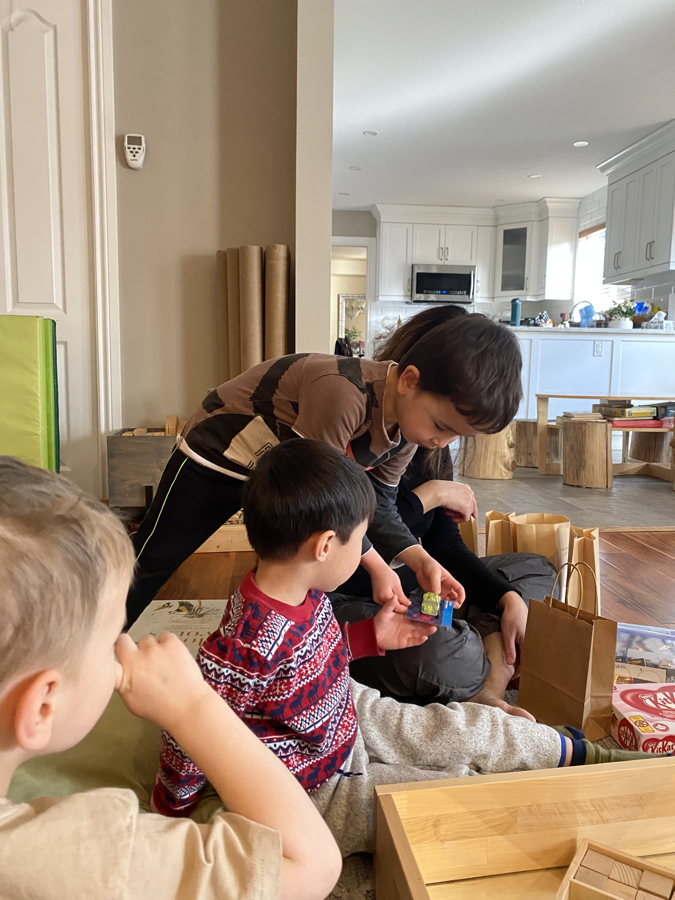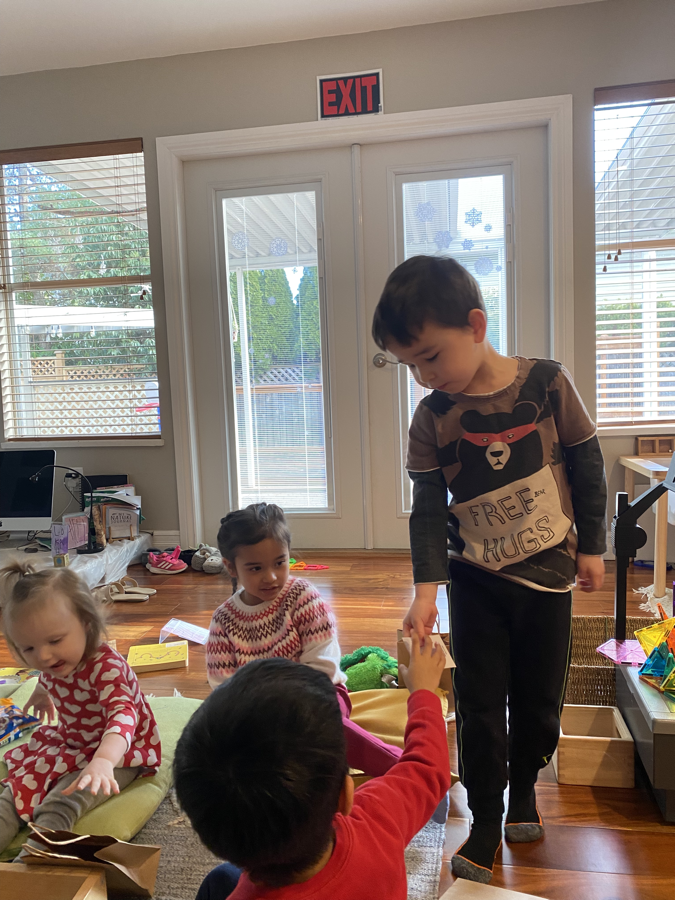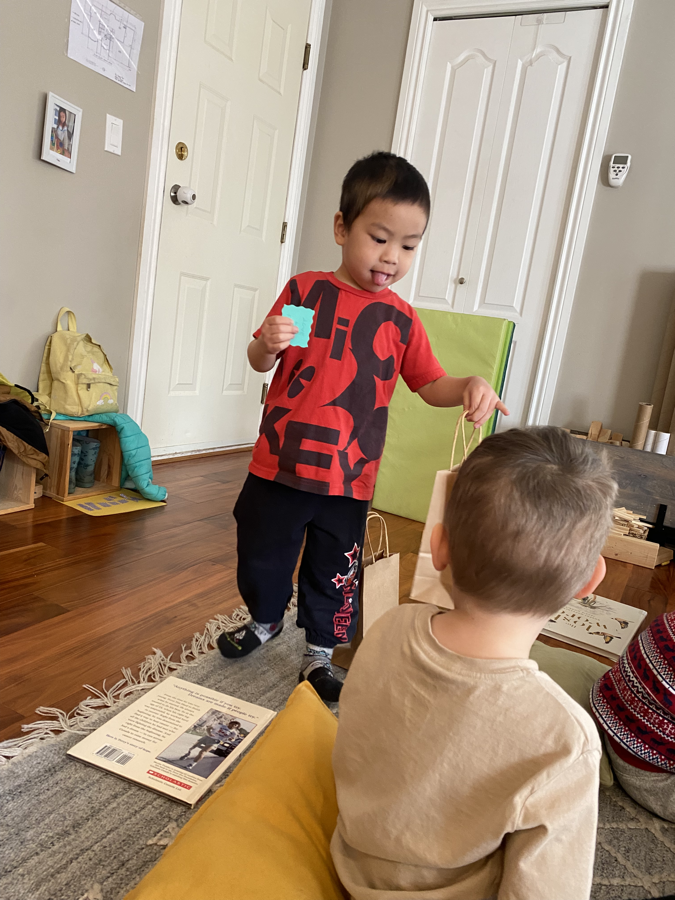|
This will happen when we look at everyday spaces as places of possibilities to communicate relationships developed through interaction with materials. When we choose materials to work with, we actually invite ourselves to think about the languages that the materials speak. Some materials are more expressive than others. Sometimes we choose to work with clay to observe the expression of the languages of form, shape, and texture. Clay is often used as a way as medium for self-portraits. In other words, as a way to express identity. Identity is revealed through the language of materials and our relationships to materials. This is a process that takes time. For languages to be heard, time and space is needed. The more languages we can express ourselves the more ways we can connect to the world. There is beauty and pleasure in languages such as sculpting, drawing, dance, and movement. As we think about our space as a place of connectedness and relationship, we dig deeper into our relationships between us and selves, us and friends, us and materials, and even us and nature. "Every child is a creative child, full of potential, with the desire and the right to make meaning out of life within a context of rich relationships, in many ways, and using many languages" - Gandini, Hill, Cadwell & Schwall, 2005, p.1.). On this opportunity we would like to express "big thank you" to friends for sharing the expressions of friendships in many ways. As well as wishing "Happy Birthday to Brooks! May you be surrounded with abundant happiness and love!". Kindest,
Children & Friends.
0 Comments
Leave a Reply. |
No part of this publication may be reproduced, distributed, or transmitted in any form or by any means, including photocopying, recording or any other electronic or mechanical methods, without the prior written permission of the publisher.
Archives
July 2024
|
